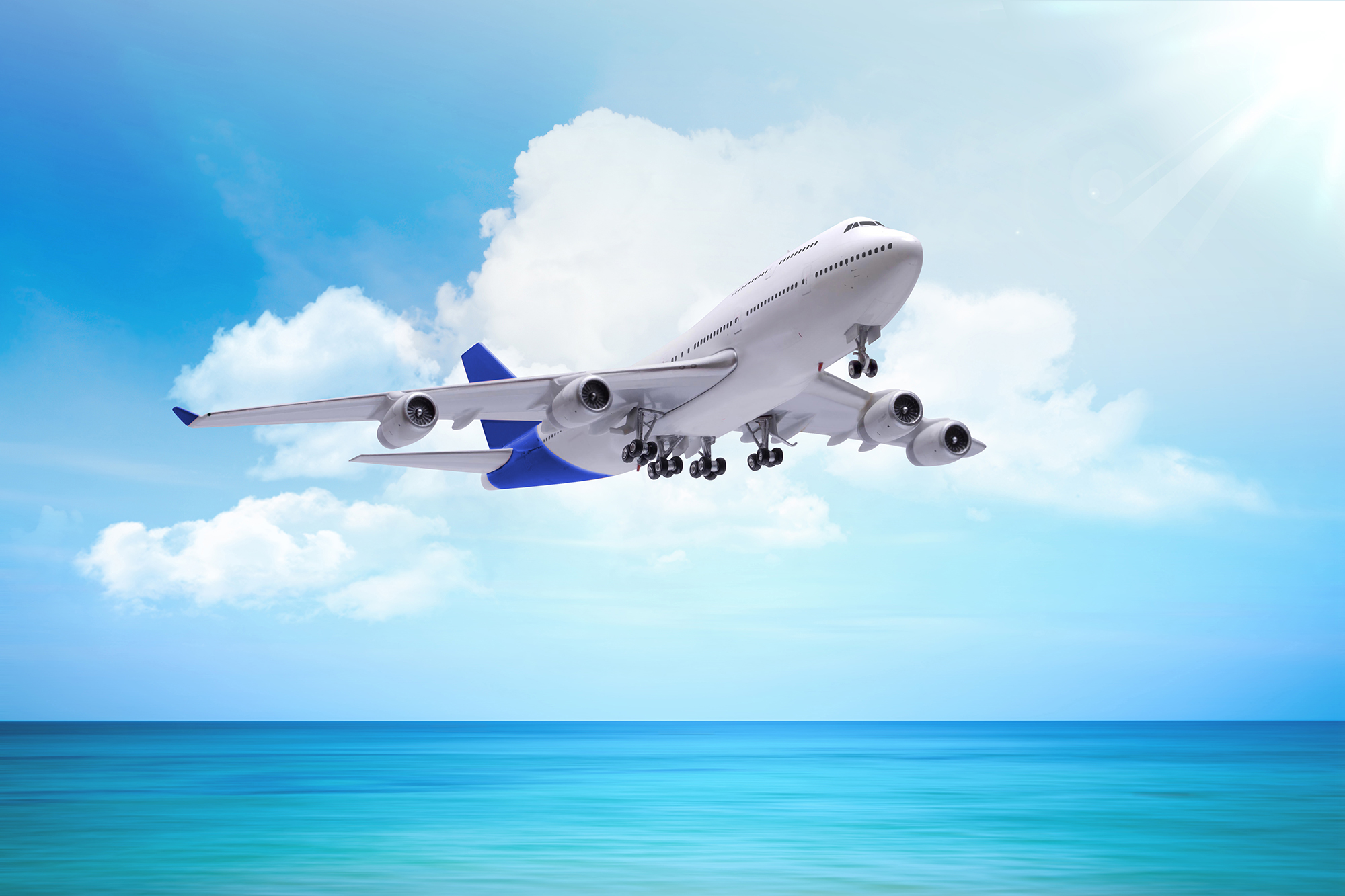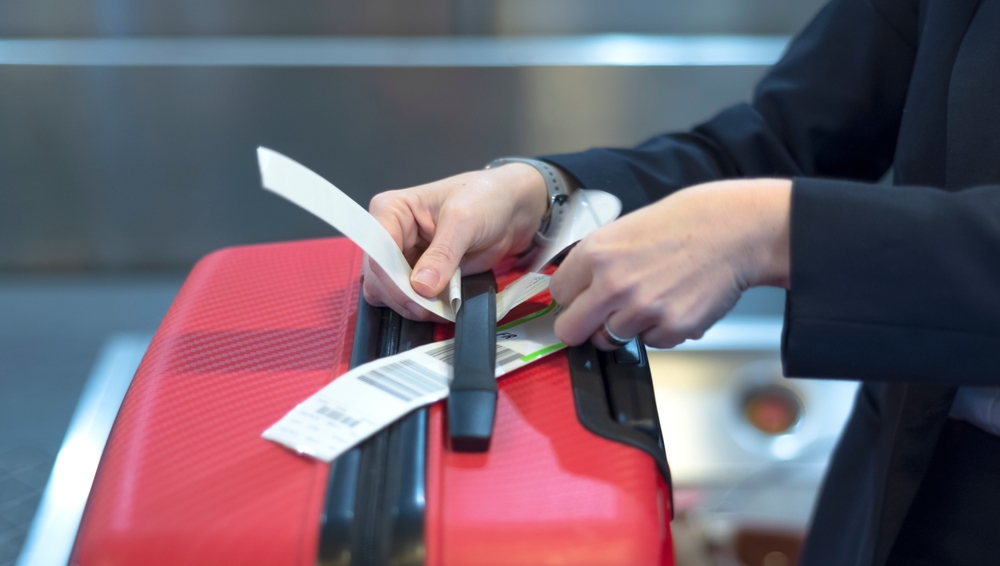Flying can be an exciting experience—soaring through the sky, enjoying breathtaking views, and even indulging in an in-flight beverage. But before you clink those ice cubes in your cup and take a sip, you might want to reconsider.
That seemingly harmless airplane ice could be hiding an unpleasant secret. Studies and industry reports have revealed that the ice on airplanes may not be as clean as you’d hope. From handling concerns to questionable water quality, let’s explore why skipping the ice on your next flight might be a wise decision.
How Airplane Ice Ends Up in Your Drink
Unlike restaurants where ice is freshly made, airline ice is sourced from third-party suppliers. It arrives on the plane in large, sealed bags, ready to be scooped into your drink. Sounds safe, right? Unfortunately, that’s where things can go wrong.
Flight Attendants Handle Ice… Along with Everything Else
Flight attendants work hard to make sure passengers are comfortable and safe. But their job involves multitasking—from serving food and drinks to handling luggage, collecting trash, and even helping parents with infants.
While airlines emphasize hygiene, flight attendants don’t always have the chance to wash or sanitize their hands between every task. And when they reach into the ice bin (even with tongs or scoops), the risk of cross-contamination increases. Studies have found that bacteria can easily transfer from surfaces to ice cubes, meaning the same hands that just handled a tray of used cups could also be handling your ice.
Pro Tip: If you really want a cold drink, opt for a sealed bottled beverage instead of one with ice.
The Water Source is a Bigger Concern
Another major issue? The water used to make that ice.
-
Airplane Water Tanks Are Notoriously Dirty
Airlines rely on built-in water tanks for everything from making ice to serving coffee and tea. These tanks require regular cleaning, but reports suggest that some airlines struggle to maintain high cleanliness standards.
In fact, a study conducted by the Environmental Protection Agency (EPA) found that airplane water systems often contain bacteria and other contaminants. Even though water is treated before reaching the tanks, bacteria can build up over time—leading to potential contamination.
If the water used in the ice-making process is not properly filtered or the tanks aren’t cleaned frequently, that ice could be harboring unwanted bacteria.
Pro Tip: Avoid drinking coffee or tea on a plane as well, since they’re made using the same onboard water system.
Cleaning Between Flights? Not as Thorough as You Think
Planes have tight schedules, and quick turnarounds mean cleaning crews have very little time to thoroughly sanitize everything before the next flight. While major surfaces like tray tables and armrests might get wiped down, ice storage areas and beverage equipment often don’t get the same level of attention.
Pro Tip: If you’re worried about germs, carry a travel-size hand sanitizer and disinfectant wipes for tray tables and seatbelt buckles.
What Do Flight Attendants Do? (Hint: They Skip the Ice)
If you’re still on the fence about avoiding airplane ice, consider this: many flight attendants won’t drink it themselves.
When asked, airline employees have admitted that they stick to bottled drinks without ice for the same reasons mentioned above. If the people serving the beverages are wary of the ice, that’s probably a red flag for the rest of us.
Pro Tip: Want a cold drink? Ask for a sealed beverage and hold it against your cup for a few minutes—it’ll chill the liquid inside just fine!
Frequently Asked Questions
Q. Is it really unsafe to drink ice on a plane?
Ans. It depends on your risk tolerance. While the likelihood of getting sick is low, studies have shown that airplane ice can contain bacteria due to handling and water tank issues. If you prefer to be cautious, it’s best to skip the ice.
Q. What about hot drinks like coffee and tea?
Ans. Since these drinks are made with water from the onboard tanks, they may also be at risk of contamination. Flight attendants often avoid drinking them as well.
Q. What’s the safest beverage option on a plane?
Ans. Sealed bottled drinks, canned sodas, and pre-packaged juices are great choices.
Q. Do airlines have hygiene standards for ice and water?
Ans. Yes, but enforcement and consistency vary. The EPA and FDA regulate airplane water safety, but past reports have found inconsistencies in cleanliness between airlines.
Final Thoughts: Should You Skip the Ice?
At the end of the day, the choice is yours. While the risk of getting sick from airplane ice is relatively low, it’s a risk that’s easy to avoid. Simply opting for a bottled drink or saying “no ice, please” can save you from unnecessary exposure to bacteria.
Next time you’re in the sky, take a cue from the flight attendants—stick to bottled beverages and leave the ice behind!
Would you still drink airplane ice? Let us know in the comments below!






